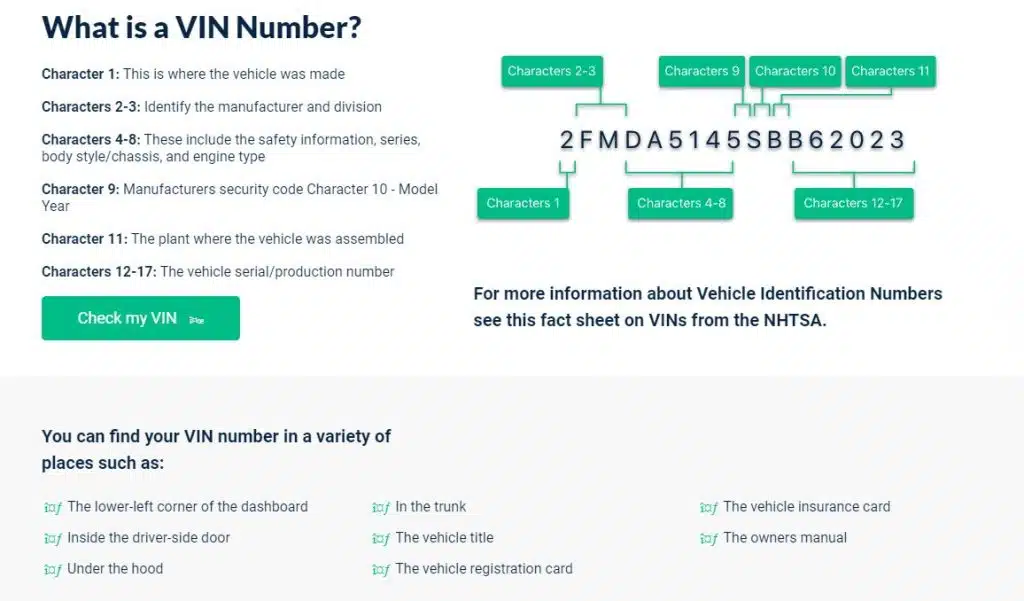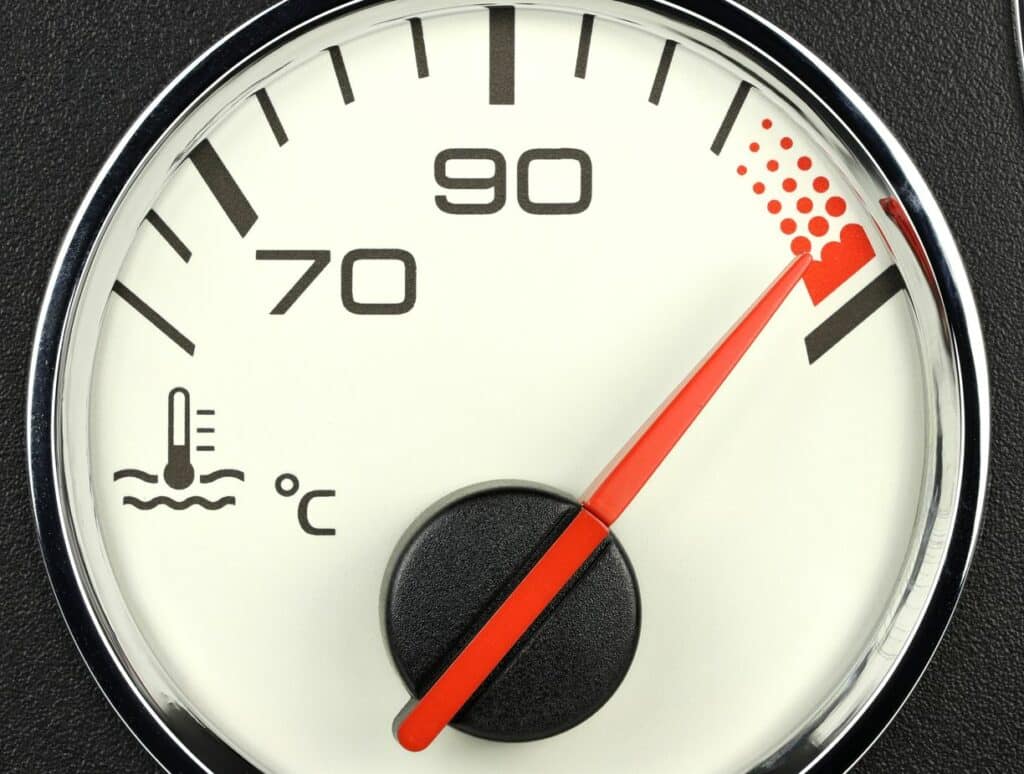While minor differences may exist, the terms automotive antifreeze or engine coolant can be used interchangeably. These terms are used to describe the fluid used to keep your car’s engine from freezing during the winter or overheating during the hotter months.
Nearly every engine that is manufactured is water-cooled. This means that water is circulated through the engine while it is running to keep the moving parts at the desired temperature. Engines that run too hot or cold can stop working and become damaged.
Antifreeze is a liquid compound that prevents water from freezing and changes the boiling point of the water when it is heated. Modern antifreeze also has chemical compounds that protect the interior of the engine from rusting or corroding.
Different Types of Automotive Antifreeze
There are several types of engine coolants available on the market. The most common type of antifreeze is referred to as IAT coolant or Inorganic Additive Technology. This is the bright green liquid coolant that everyone associates with the word antifreeze.
IAT coolant is good for any type of vehicle unless specifically stated in the owner’s manual. Some higher-end vehicles like Mercedes and Porsche may require a special antifreeze that contains silicates and organic acids. This type of coolant is colored purple.
The main purpose of these liquids is to protect the interior of your engine while keeping it at the right temperature. Most coolants have an extended life span and do not need to be changed often like the vehicle’s motor oil..
When To Change the Automotive Antifreeze
On average, antifreeze can work for around ten years without the additives used for temperature control breaking down and becoming ineffective. However, the life span of the non-corrosive additives that protect the interior of your engine may not be as long.
For an accurate time to change your antifreeze, you should consult your owner’s manual. Some manufacturers advise flushing out your coolant system as soon as five years, while others recommend it at seven years or at a specific mileage.
Older vehicles that have a lot of mileage may need to flush out their coolant system more often. This is because there is more wear and tear on the interior of the engine and the fluid can become contaminated with dirt, grime, or even metal shavings.
To determine if you need to change your coolant sooner than the recommended timeline, check the overflow bucket. Every cooling system has an overflow bucket that is located near the radiator by the engine. If you see a lot of buildup inside of this plastic bucket of grime, it is time to flush out your coolant system.
When To Check the Engine Coolant Levels
The engine cooling system is a self-contained system. The same liquid is continually recycled through the system. Over time there may be some water evaporation, and you may need to increase the level of your coolant to keep your engine running smoothly.

Warning Lights
If the warning light comes on your engine is overheating, get your vehicle to a place where you can turn it off and allow the engine to cool. You do not want to run your vehicle while it is overheating. However, you do not want to check the coolant until the vehicle has completely cooled.
You must remember that engine coolant can reach boiling temperatures when the vehicle is running. Since the chemicals in the coolant are designed to increase the boiling point, the fluid may be hotter than boiling water! If you attempt to check the coolant while the car is overheated, you are placing yourself at risk of being burned. The liquid can escape from the pressure buildup in the system, or it can even come out as hot steam.
Never check your cooling system until the engine has cooled!
Some of the reasons that your system may have overheated include a break in any of the hoses that circulate the cooling fluid, a crack in the radiator system that has led to the coolant levels being too low, or too many contaminants in the liquid so it cannot perform properly.
If you are unfamiliar with engine work, you will want to take your vehicle to a mechanic if it overheats to ensure that repairs are made and that the vehicle is safe to drive. If you are a DIY person, check the entire system, flush out your system, and make sure that the coolant is at the proper level before driving the vehicle again.
The engine cooling system and the use of antifreeze is one of the most basic, yet one of the most essential, systems in your vehicle. Maintaining proper coolant levels can help prevent expensive repairs and extend the life of your car.
When Purchasing A Vehicle
Always remember to have a VINsmart report run on the vehicle before making any vehicle purchase. A VINsmart report runs a complete history on the vehicle including whether it has ever been reported as stolen, has been involved in a major accident, or has been listed as a totaled vehicle.
VINsmart reports will also give you a history of registration and mileage at registration. It reports any significant incidents related to the vehicle, such as being involved in a fire or flood.
When you are going to purchase a used vehicle, the best way to ensure you are making a good purchase is to know the vehicle’s complete history.






